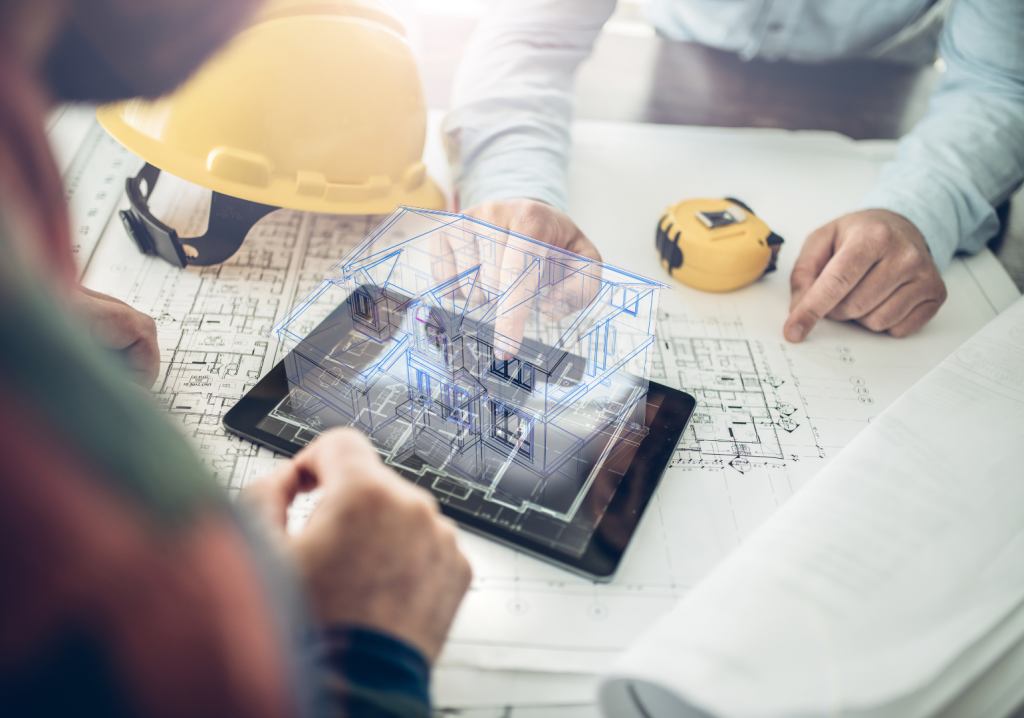From 3D modelling to artificial intelligence, here are three ways digital design tools are changing the course of construction.
Construction design has come a long way from the days of drafting boards, tracing paper and pencils.
A panel of designers and engineers gathered at the Sydney Build Expo earlier this month to discuss how innovations in digital design such as 3D modelling are broadening the scope of construction possibilities.
1. Artificial intelligence
The dissemination of artificial intelligence (AI) tools has the potential to push design further – but there is still a way to go, according to Dimas Menelau de Novais, Digital Engineering Manager at ACCIONA Australia.
“The big change in infrastructure happened … when we went from hand drawings to … digitalising everything using computers,” he said. “That was a massive shift in construction and design.
“Tier-one companies [are] moving very fast in the direction of innovation, organisation and boosting the processing [power] of construction. But we still have … tier-two [and] tier-three companies … lagging behind.
“We’re not there yet with AI; we’ve got 20 to 30 years before we get there. But AI can help us to enhance the process, to help us to achieve some of the processing in a faster way.”
2. 3D modelling and cloud computing
Pei Goh, Associate Director at Group GSA, echoed the sentiment of changing technologies fundamentally reconfiguring the way people work.
“In the office at the moment we use Revit, as opposed to say 10 years ago [when] we had drafting boards, rulers, tracing paper,” she said. “Everything was in 2D back then.
“I remember those days [when] we had to carry the set of drawings – 100 to 200 drawings minimum – to the site and flick through the pages. But we don’t have to do that anymore.
“Now … we start the design of the model in Revit … You can visualise what is going to [happen] onsite in future, what’s gonna get constructed in real life – and that is a godsend software to architects, engineers, consultants, stakeholders [and] subcontractors.”
Grace Wong, Product Lead (Innovation) at Laing O’Rourke, said this digital transformation had clear benefits for projects.
“We used to do 2D drawing [and] modelling but now we have progressed to use 3D [modelling] which has actually enabled us to [see if] we comply to standards,” she explained. “We can also review with clients easily.
“We are able to plan for a better installation process, as well as identify potential issues before [construction] starts by using this digital information method … It also results in savings on costs and time.”
3. Augmented reality
Dean James, Digital Design Manager at Richard Crookes Constructions, argued that augmented reality (AR) will be gamechanging.
“We do these great designs, we measure 1000 times … and there’s a massive gap and it drops off the cliff for the ones who have to deliver and install the services [or] superstructure,” he said. “They get disconnected from this great information and great innovation that we do in the office.
“What AR actually does is bridge that gap and allow [contractors] to connect with the model on a screen … You use that device with an app where you can actually see the superstructure behind it. The reason why I’m pushing for this is to mitigate risk, primarily.
“The benefit of that is [that] if they want to change something onsite and they want to move something from point A to point B, they actually know if something is going to be built there … It sends information to the subcontractors site, to the trades.
“[AR] is going to be so disruptive.”
For more coverage of the Sydney Build Expo, read how strict building regulations impact the construction of Sydney’s skyscrapers.
